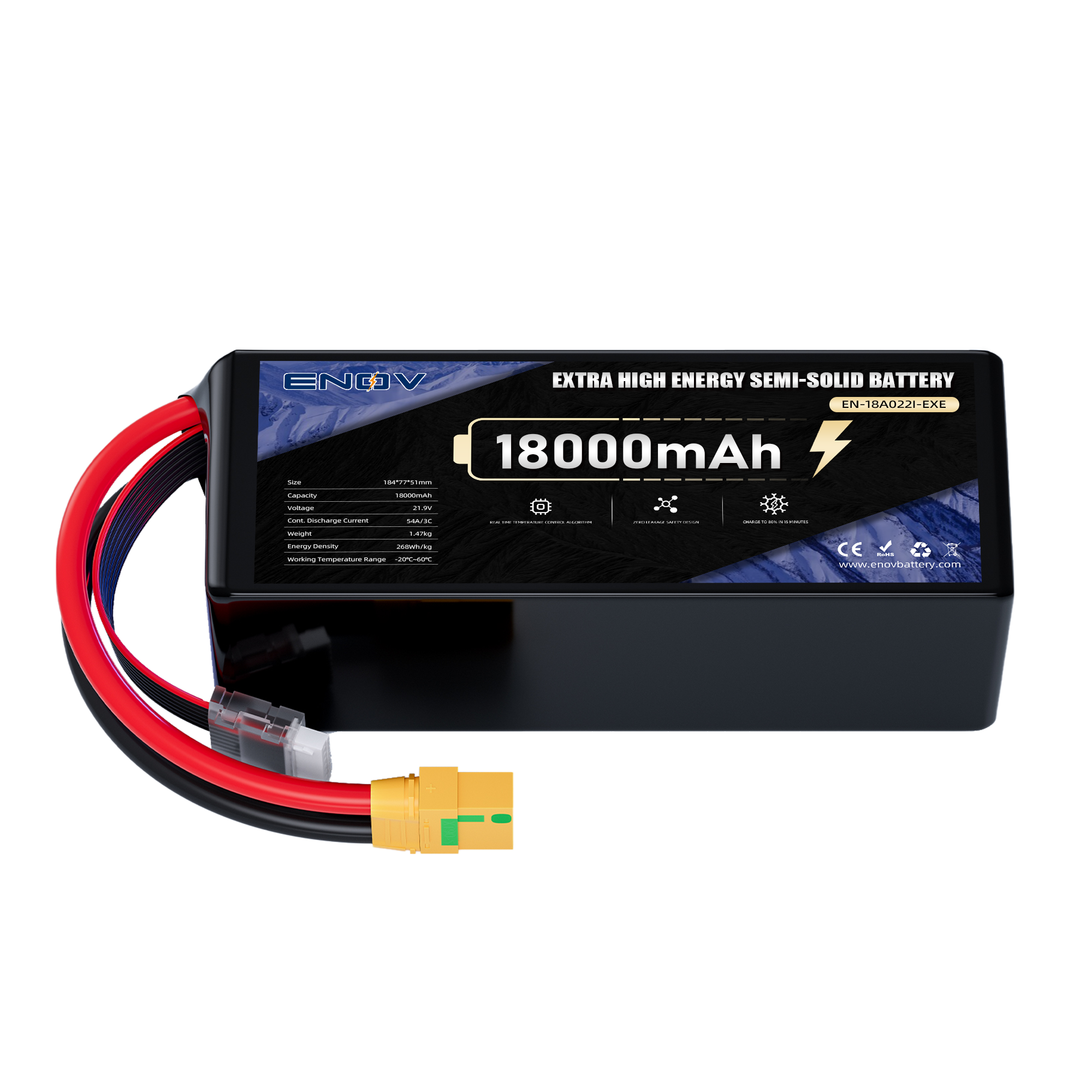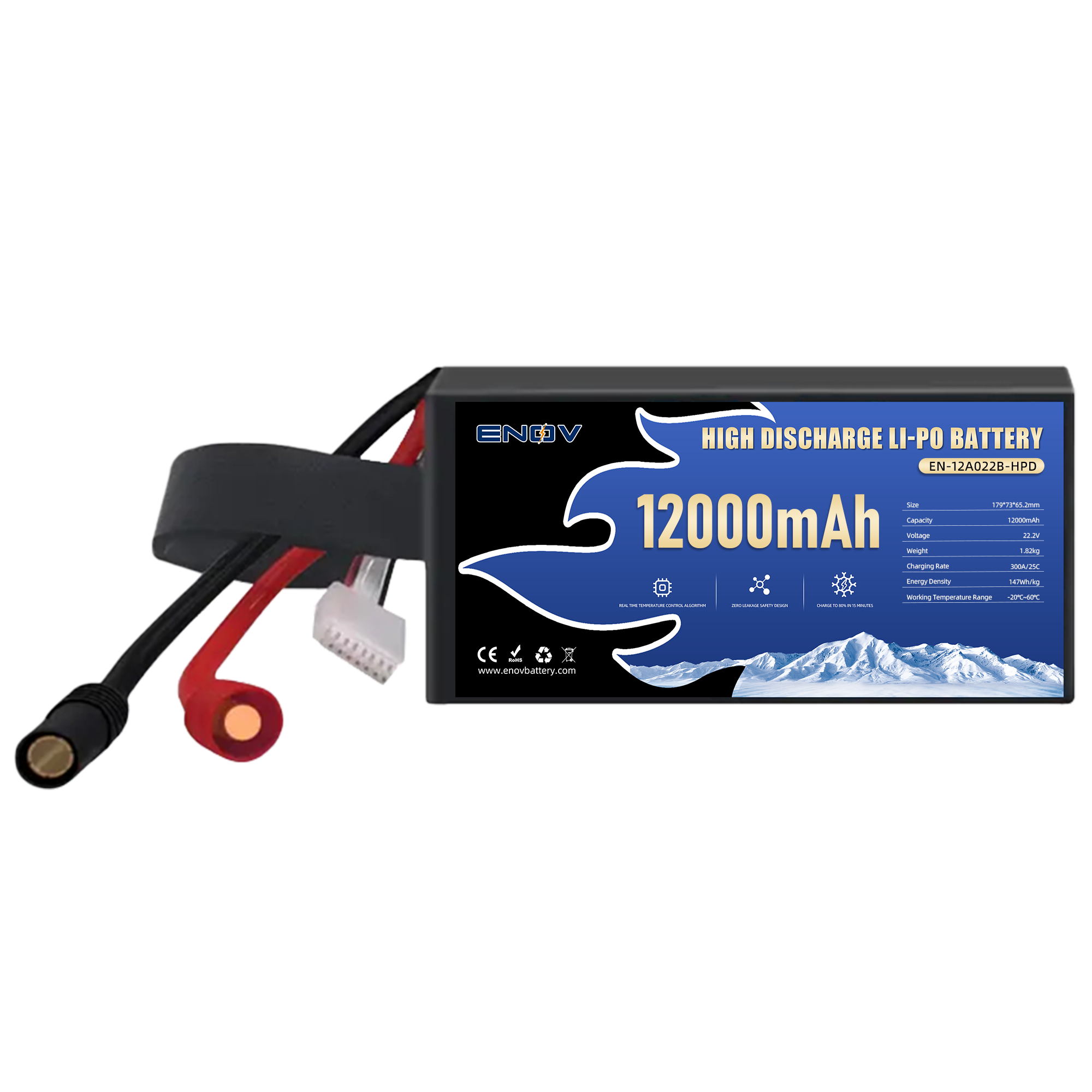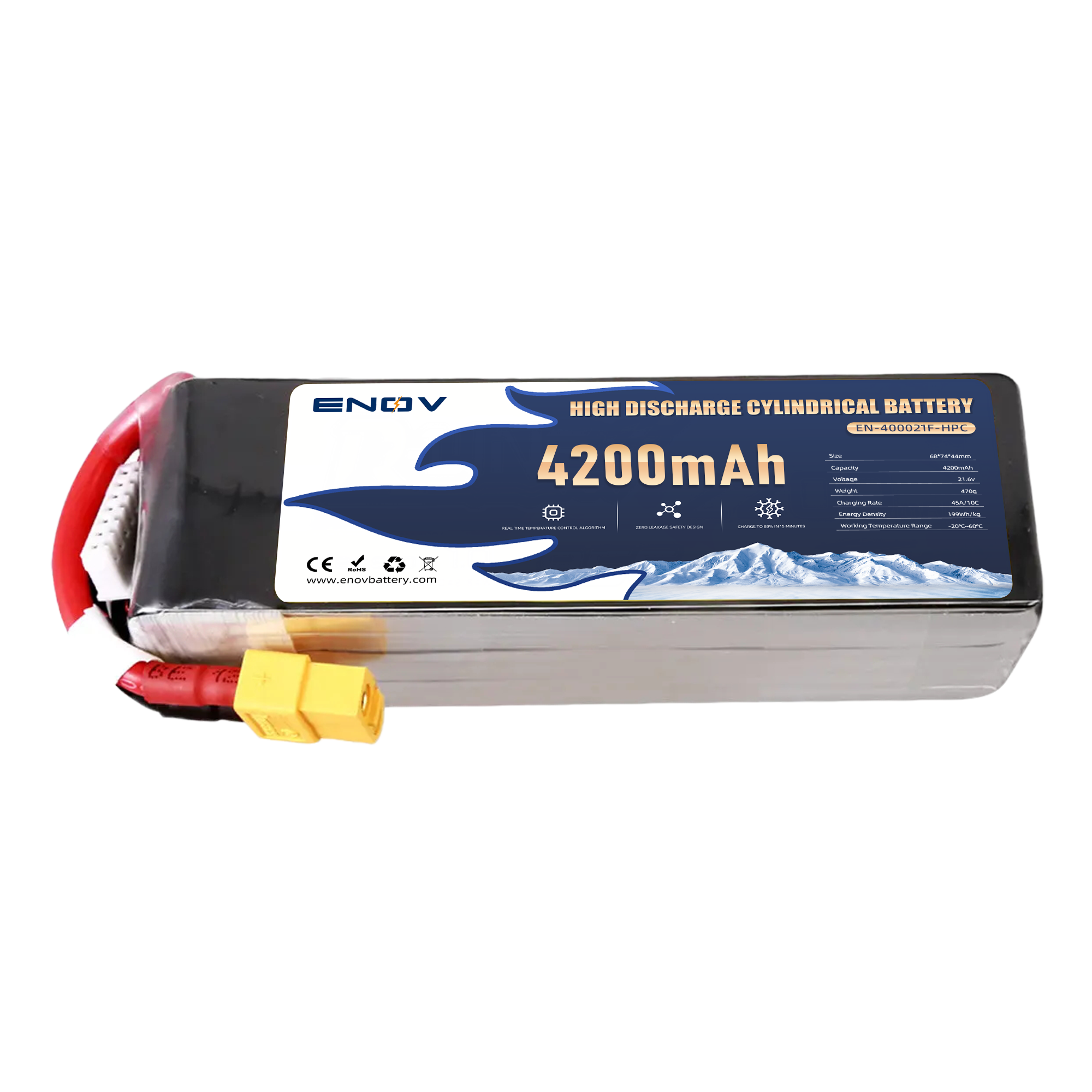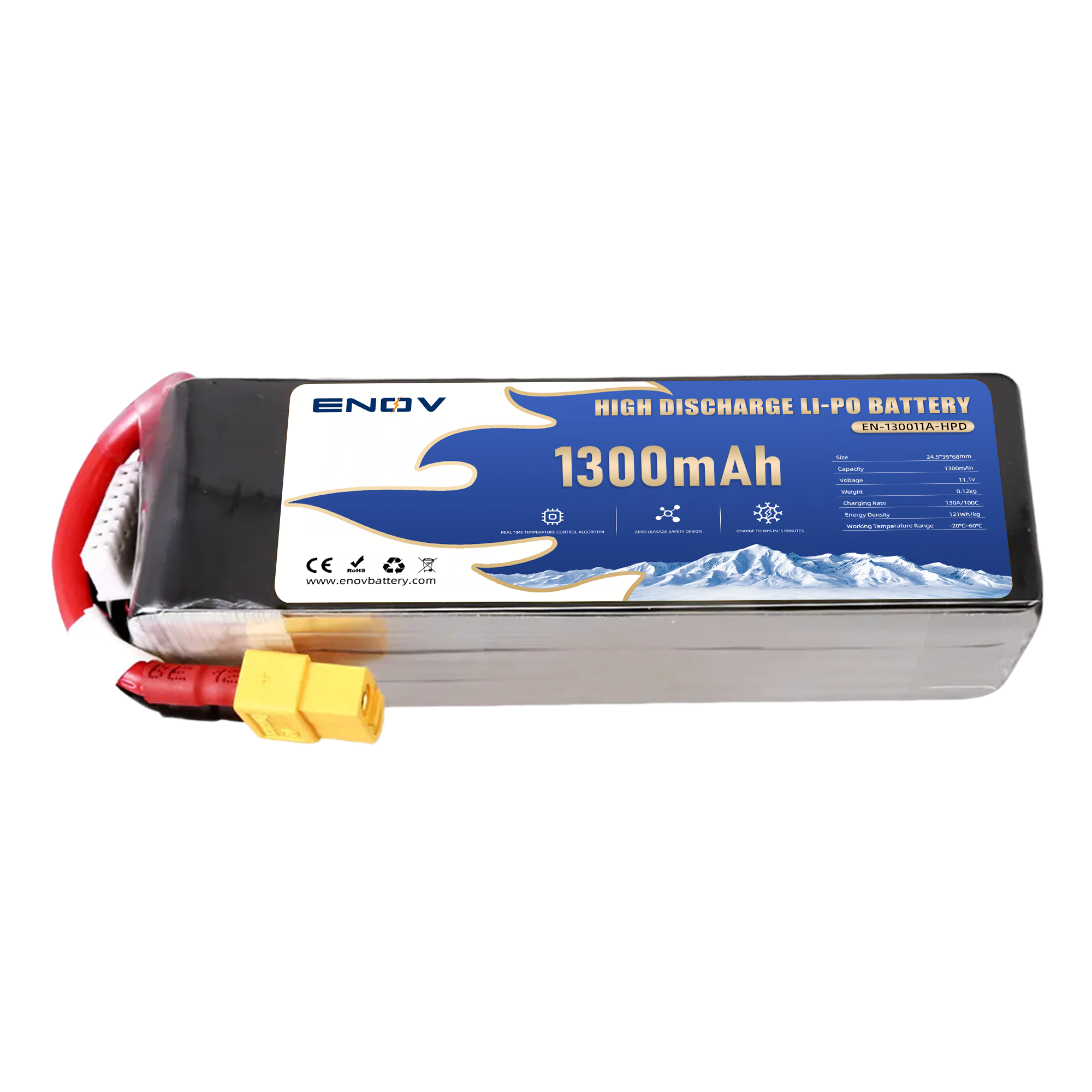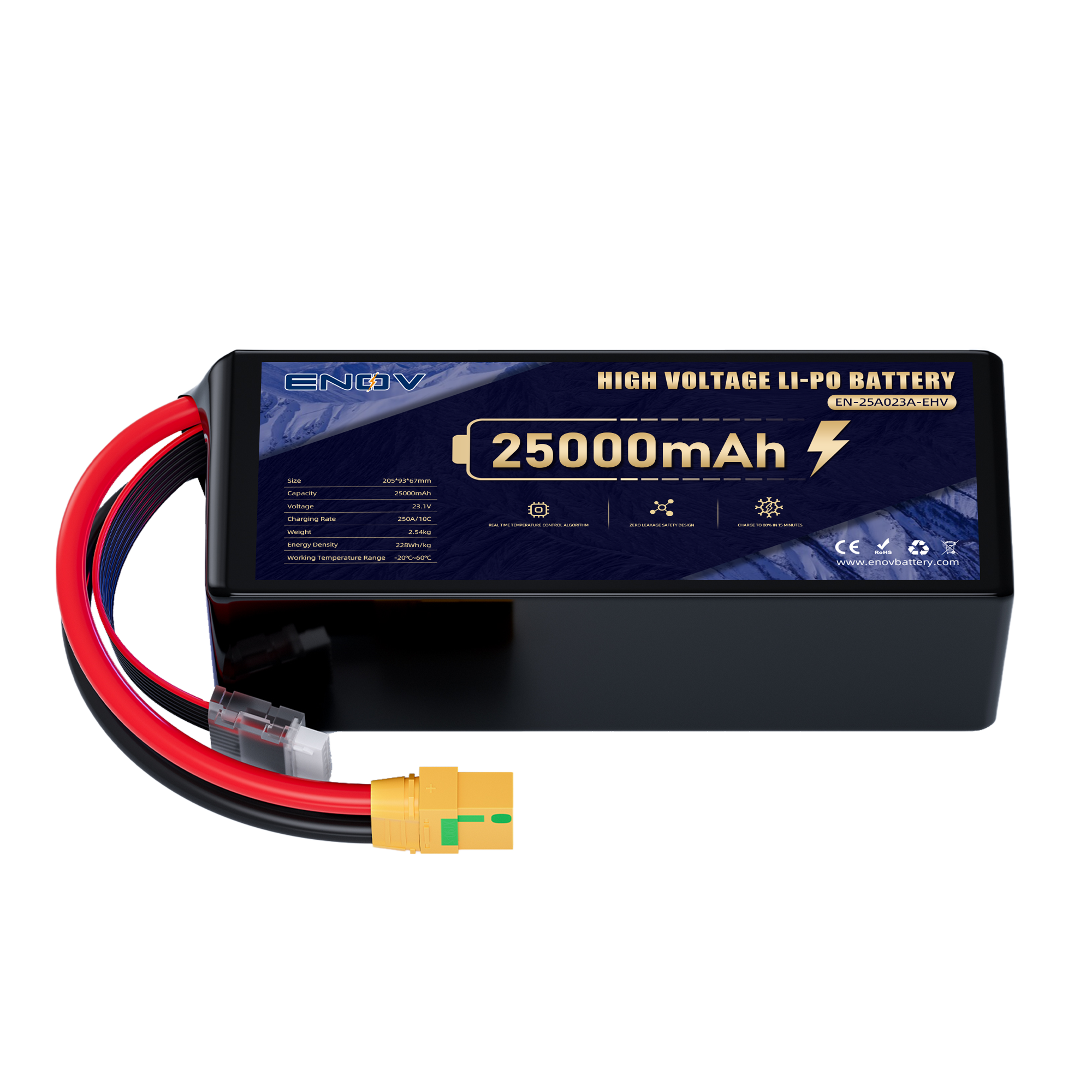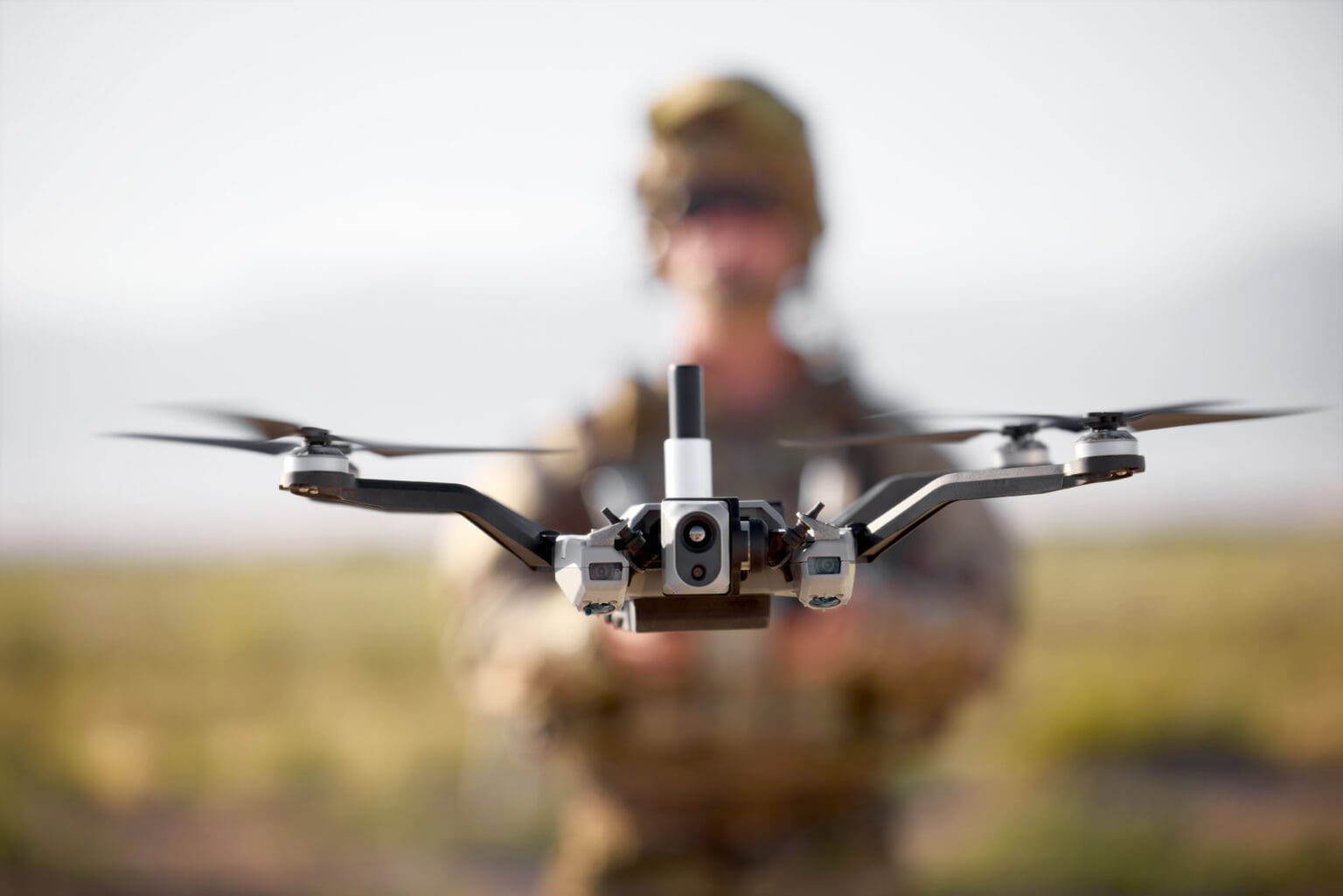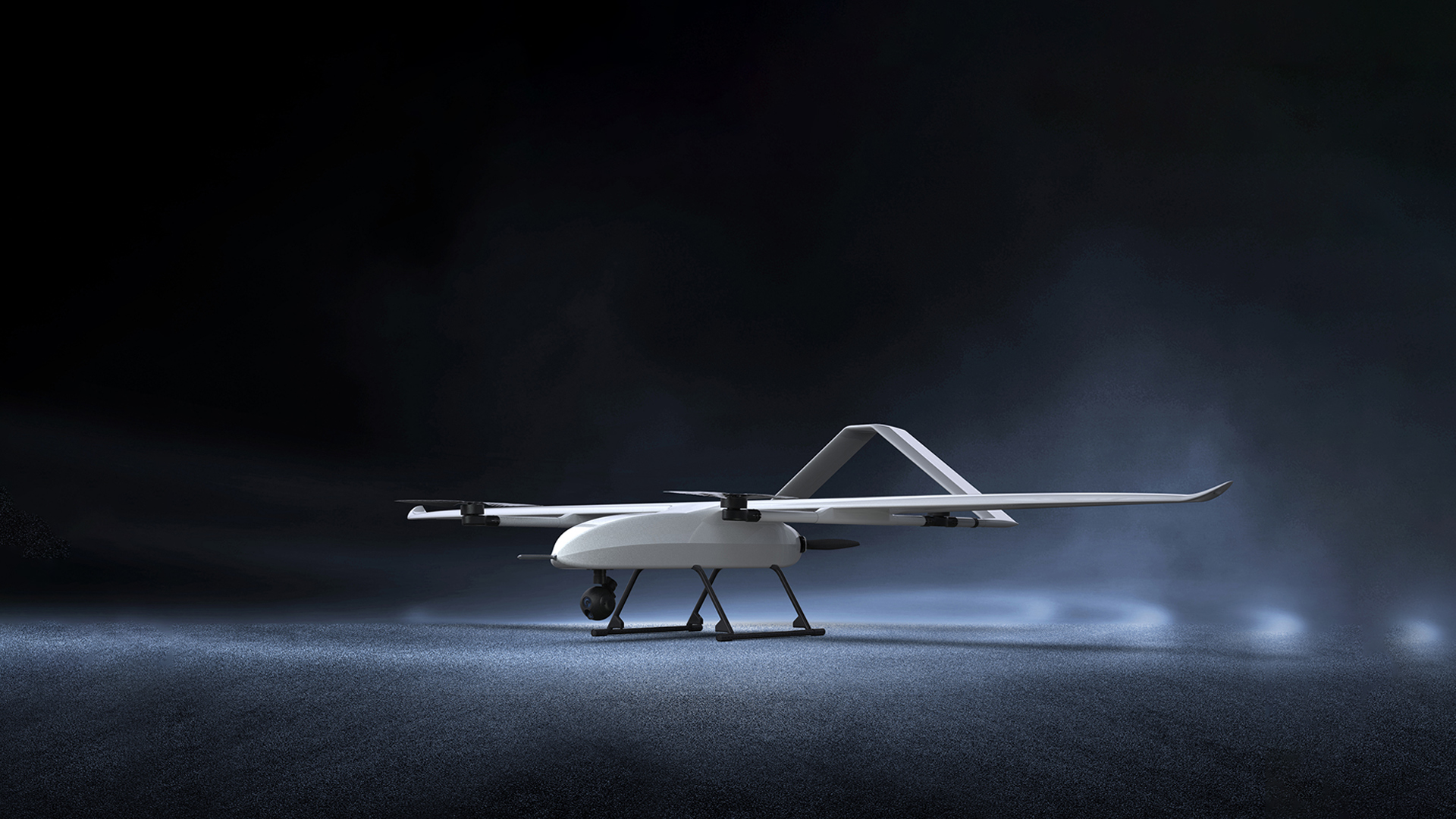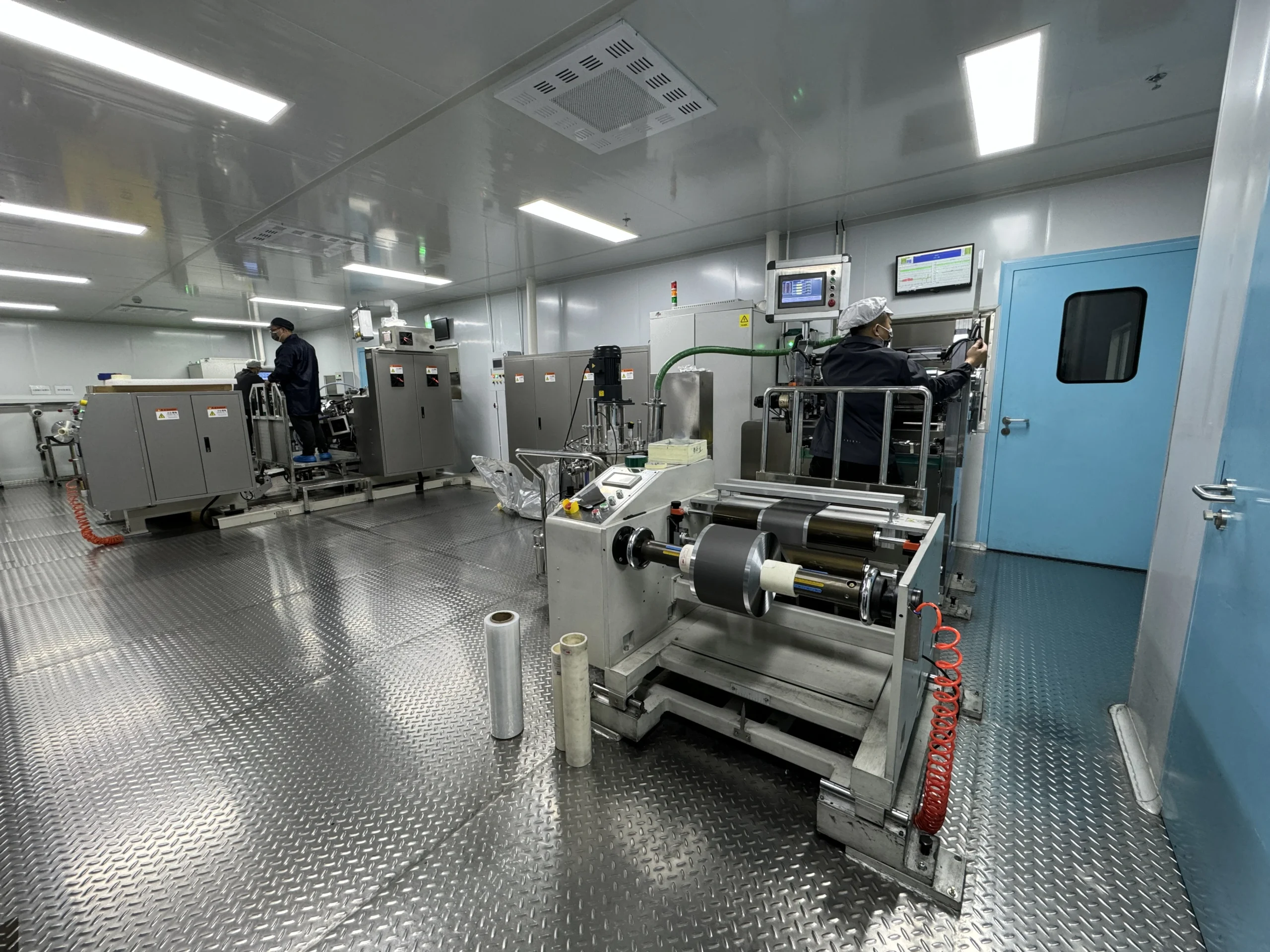Firmware and Software Synchronization in System Compatibility Testing:
Ensuring Cohesive Updates
Firmware and Software Synchronization in System Compatibility Testing: Ensuring Cohesive Updates
Firmware and software synchronization in system compatibility testing guarantees that embedded systems and applications operate cohesively, adhering to version control and update protocols.
As devices grow smarter—from IoT sensors to industrial robotics—maintaining alignment between firmware iterations and software dependencies becomes vital to prevent crashes, data corruption, or feature mismatches. By stress-testing update rollouts, validating backward compatibility, and simulating cross-platform interactions, teams ensure uninterrupted functionality.
thrust
1. Defining Synchronization Objectives
Modern systems require precise coordination between firmware and software layers. For example, smart home hubs running Zigbee 3.0 firmware must synchronize with companion apps to execute commands like lighting schedules or energy-saving modes without delays.
Similarly, automotive infotainment systems need validation of firmware updates (e.g., AUTOSAR-based ECUs) against middleware APIs to avoid conflicts during over-the-air (OTA) deployments. Establishing criteria such as update success rates, failover thresholds, and rollback speeds ensures tests reflect real-world usage.
2. Simulating Cross-Version Interactions
Transitioning between firmware and software versions often introduces vulnerabilities. Consider industrial robots where ROS 2 firmware updates must align with motion-planning software; mismatched versions could cause calibration errors or safety breaches.
Tools like QEMU emulators or hardware-in-the-loop (HIL) testbeds replicate scenarios like legacy firmware interacting with updated cloud dashboards, flagging issues such as API timeout errors or memory leaks. Automated regression testing further validates synchronization during incremental updates.
3. Addressing Security in Update Cycles
Synchronization testing must prioritize cybersecurity. Validating signed firmware packages (e.g., using UEFI Secure Boot) prevents unauthorized code injection during updates. For medical devices, synchronization tests ensure FDA-compliant software validates firmware checksums before deployment, mitigating risks like ransomware attacks. Penetration testing paired with version integrity audits—such as verifying TPM 2.0-based attestation—strengthens defenses against supply chain exploits.
4. Leveraging Automation for Consistency
AI-powered tools streamline synchronization workflows. Machine learning models predict compatibility issues when firmware patches interact with software across diverse environments—e.g., validating ARM Cortex-M firmware against Linux edge gateways.
Containerized CI/CD pipelines (e.g., Jenkins or GitLab runners) automate testing of firmware-software bundles on virtualized platforms, ensuring consistency across Windows IoT, FreeRTOS, or QNX deployments.
5. Future-Proofing with Adaptive Strategies
Emerging technologies like AI-driven firmware (e.g., NVIDIA’s DL-powered GPU updates) demand agile synchronization frameworks. Version-aware testing suites auto-adjust to new firmware SDKs or software libraries, ensuring compatibility with evolving standards like Matter for smart homes. Stress-testing firmware-software handshakes in 5G SA networks, for instance, future-proofs systems against latency spikes during mass OTA updates.
Conclusion
Firmware and software synchronization in system compatibility testing is critical for maintaining device reliability, security, and performance across updates. By combining rigorous emulation, automated validation, and adaptive frameworks, teams eliminate versioning risks while preparing for next-gen technologies. Proactive synchronization today not only resolves integration bottlenecks but also accelerates the adoption of cutting-edge firmware and software innovations.
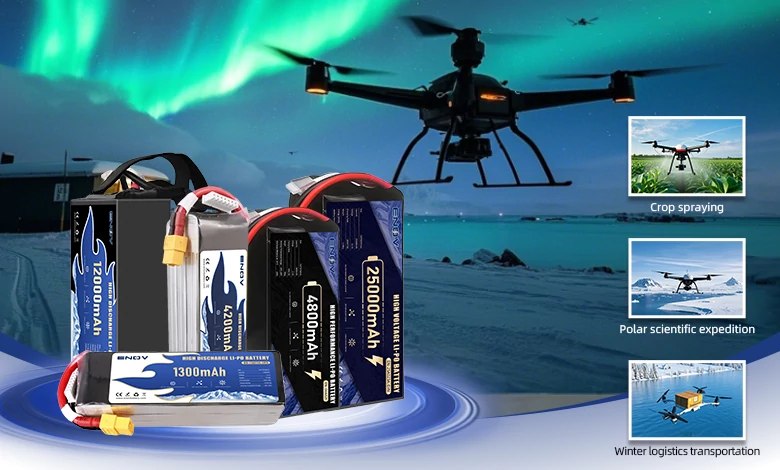
UAV DRONE battery
Enov UAV battery has the most advanced UAV battery new technology, it has a lightweight structural design, ultra-high energy density, stable continuous discharge, customized ultra-high instantaneous discharge, wide temperature working range, stable charge and discharge, battery materials can choose high nickel terpolymer positive/silicon carbon negative material system combined with semi-solid battery technology. Or choose a more mature application of more UAV lithium battery technology, available UAV battery nominal voltage 3.7V, capacity 18.0Ah ~ 30.0Ah, support 10C continuous discharge and 120C pulse discharge (3 seconds). With ultra-high energy density (220-300Wh/kg) as its core advantage, Enov UAV batteries can meet the needs of long-term endurance scenarios such as plant protection drones and transport drones, while maintaining stable emission performance in extremely low temperature environments (-40℃).
Other products
START-STOP LITHIUM BATTERY
LITHIUM ENERGY STORAGE BATTERY
QUICK INQUIRY
FAQ
Access to high frequency technical questions with one click, get accurate answers on product application, after-sales policy and customization process.
Service and Support
Get the latest product specifications, explore professional OEM/ODM customization services, click to open exclusive technical support and production solutions.
Become a Partner
We sincerely invite resources to interconnect, work together for win-win development, and immediately open a new chapter of strategic cooperation!
